
Giant animals once roamed the Australian lands, leaving behind their footprints and survival stories. However, many of them have vanished, and the reasons behind a few creatures’ disappearances stir debate and reveal surprising insights about prehistoric life. Let’s remember Australia’s ancient megafauna with ten little-known facts.
Diprotodon Was The Largest Pouched Mammal To Ever Roam Australia
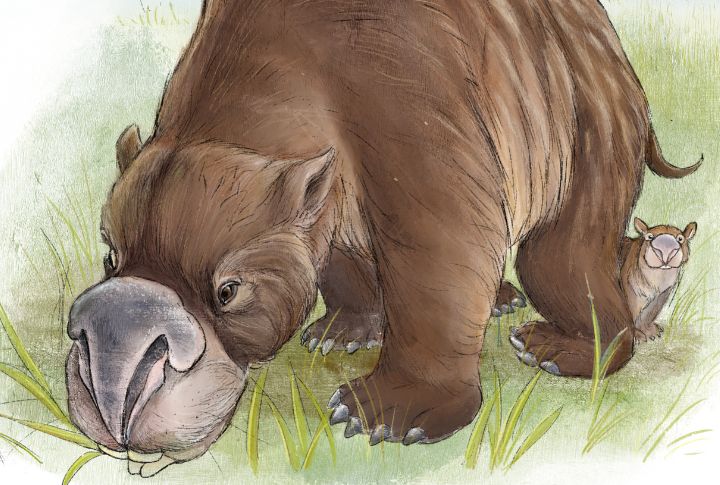
Imagine a wombat the size of a small car cruising the ancient plains. That’s Diprotodon! This giant marsupial could weigh up to 6,173 pounds and stretch over 13 feet long. It’s hard not to be amazed by something that massive.
Megalania Could Reach Lengths Of Up To Seven Meters
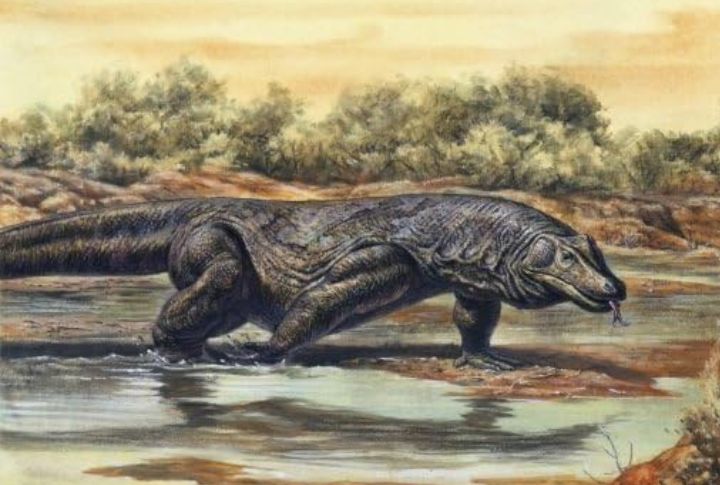
What if a goanna grew longer than a bus? Fossil records suggest Megalania prisca was between 15 and 26 feet long, way bigger than today’s monitors. You’d definitely want to step back quickly to avoid a strong tail swipe if you were to encounter them.
Thylacoleo Carnifex Was A Powerful Marsupial Lion With Crushing Jaws
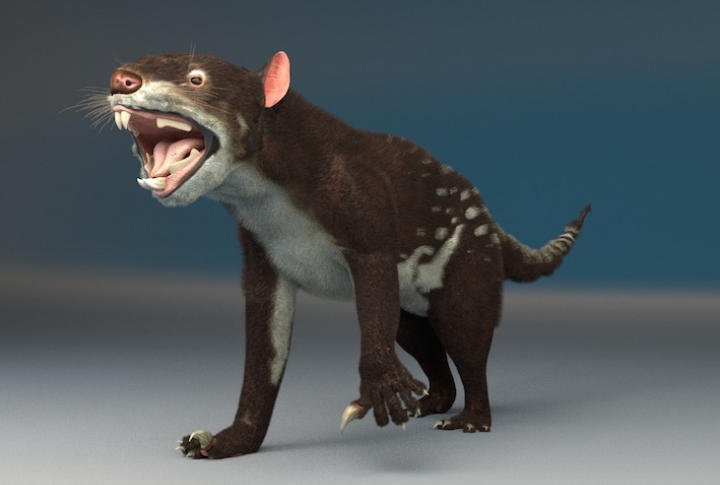
Thylacoleo had super sharp teeth and a strong jaw, made for crushing bones. The first full skull was discovered in 1956, followed by a nearly complete skeleton in Moree, NSW, in 1966. Its unique elbow joint hints at climbing abilities, too.
Procoptodon Goliah Was The Largest Kangaroo Ever Recorded
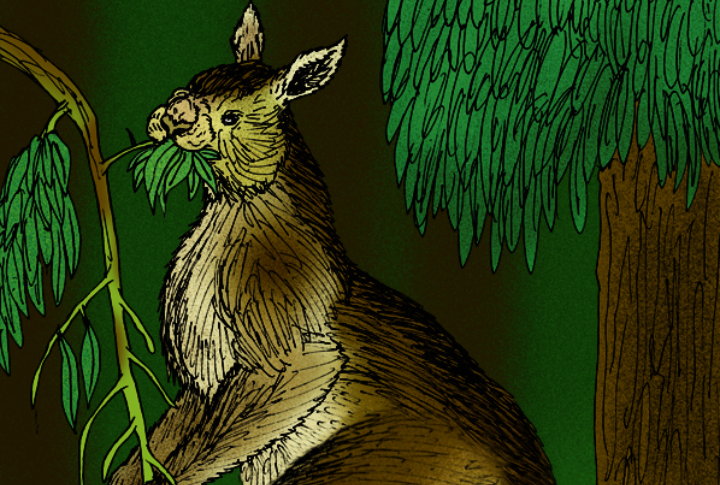
Could you imagine kangaroos the size of a human? Procoptodon goliah was massive, stretching at least 10 feet from tail to nose. When they stood up, they hit heights of six to nearly nine feet and weighed in at around 440 to 530 pounds. Shocking, right?
Genyornis Newtoni Stood Over Six Feet Tall And Weighed Over 400 Lbs

Think of a bird that’s basically the height of your ceiling—Genyornis stands six feet tall and weighs about 400 pounds! It has a strong beak for breaking tough plants. You’d be stretching your neck to catch a glimpse of it.
Humans Coexisted With These Animals For At Least Fifteen Thousand Years
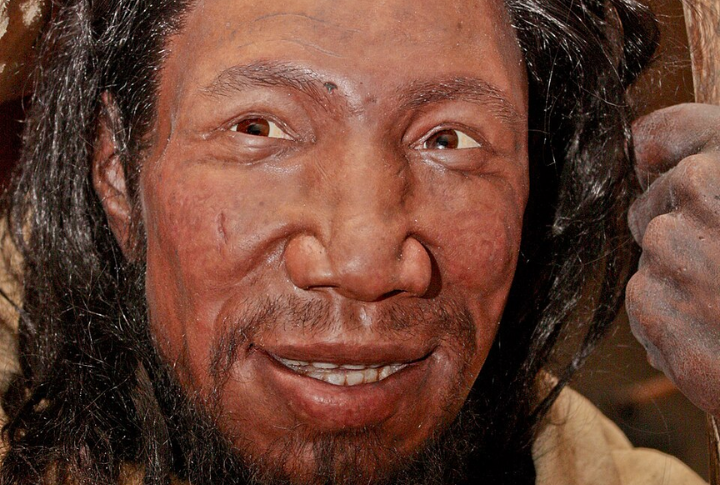
Believe it or not, our ancestors walked alongside these giant creatures. Humans arrived around 45,000 years ago and survived with massive creatures like Diprotodon for over 15,000 years. This makes us rethink humans’ role in the extinction of these animals.
Most Of Them Became Extinct Around 46,000 Years Ago
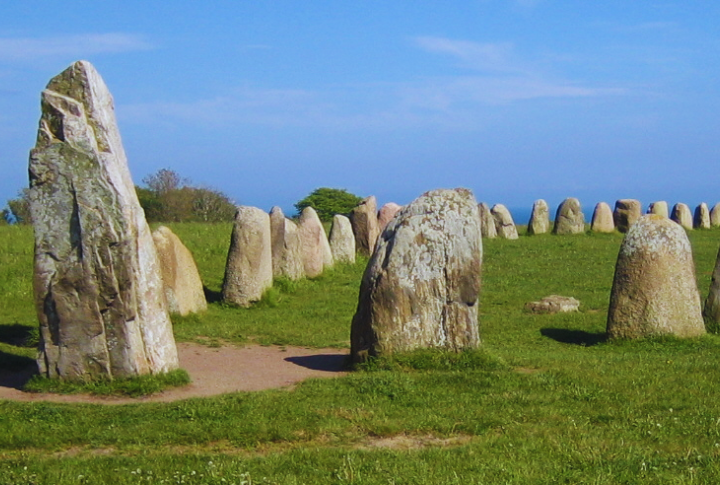
Did you know that radiocarbon dating shows the megafauna collapse happened around 46,400 years ago? That’s when many large animals vanished from their habitats. The biggest reasons were climate change and reckless hunting.
Fossils Of Australian Megafauna Have Been Found Across Queensland And Other Regions
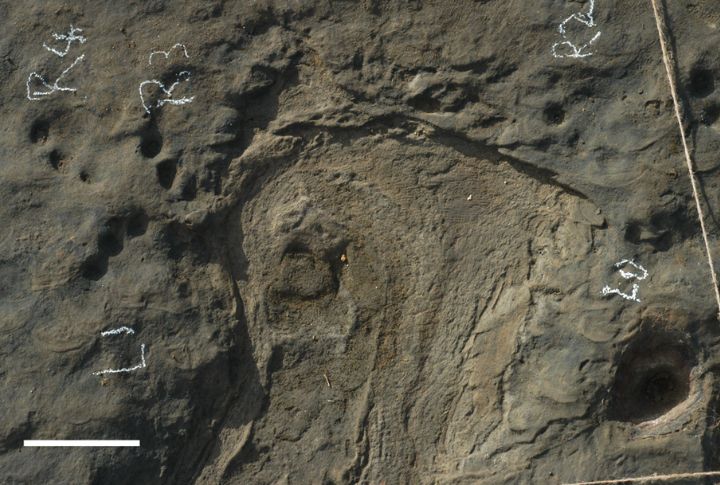
Across Queensland’s red sands and South Australia’s dunes, you can find Diprotodon footprints and Megalania bones—sites like South Walker Creek reveal well-preserved skeletons in creek banks. Get ready for muddy boots as you explore those fossils.
Scientists Identified New Extinct Giant Kangaroo Species From Fossil Remains
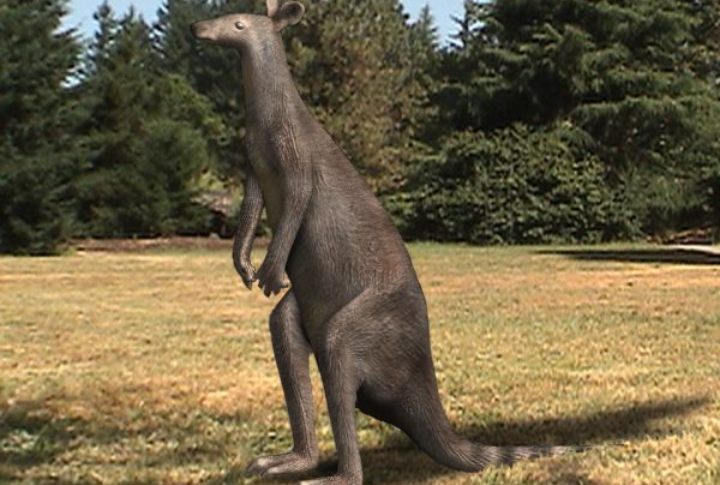
In 2024, researchers identified three new Protemnodon species from 900 specimens. The team at Flinders University says these extinct kangaroos roamed Australian forests and deserts between 5 million and 40,000 years ago. Their weight could have been up to 170 kg.
The Big Creatures Played A Key Role In Maintaining Pleistocene Vegetation Patterns
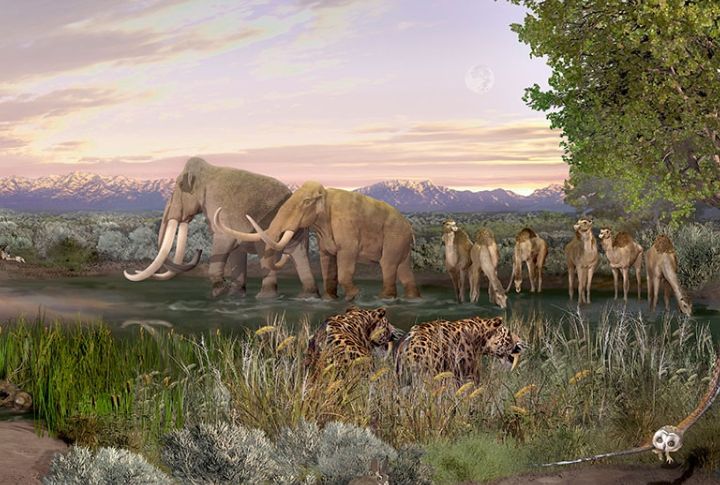
Those ancient animals roamed around, eating plants and stepping on the ground. This helped keep forests and fields clear. During cooler periods, the vast plains changed as fire patterns and plant diversity dropped, allowing shrubs to return.

